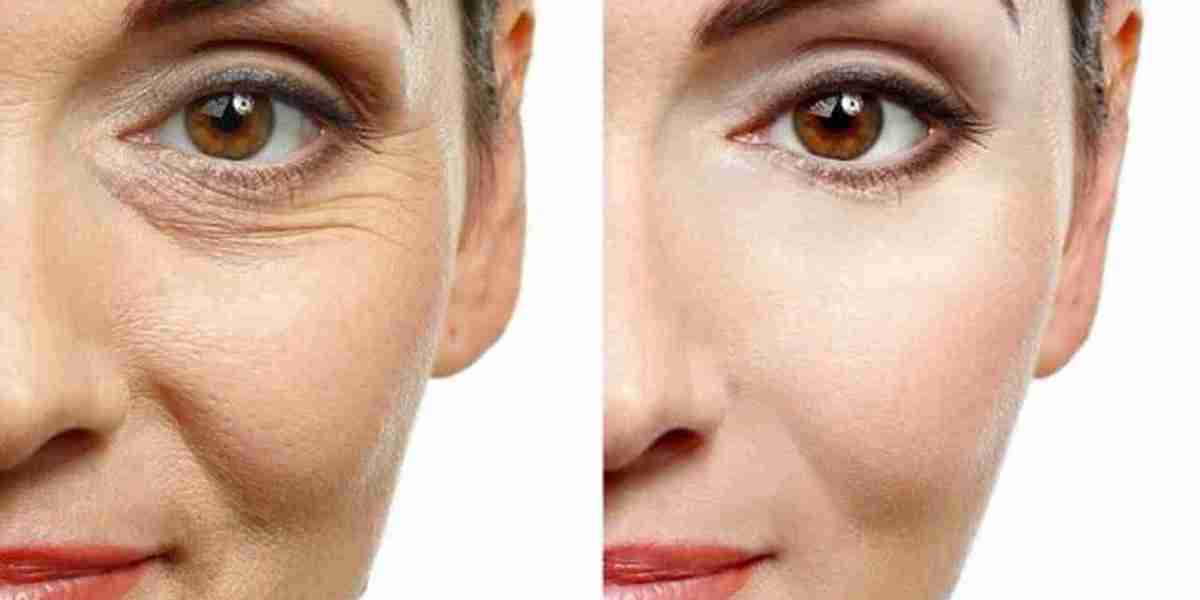The global anti-ageing products market has experienced significant growth in recent years, driven by increasing consumer awareness, advancements in skincare technology, and a growing ageing population. However, despite this growth, the market faces several challenges that could impact its long-term success. From regulatory hurdles to changing consumer preferences, competition, and ethical concerns, the industry must navigate various obstacles to maintain and expand its market share. This article explores some of the key challenges facing the anti-ageing products market today.
1. Stringent Regulatory Environment
One of the biggest challenges for the anti-ageing products industry is the complex regulatory landscape. Different countries have varying laws and guidelines regarding the marketing, formulation, and sale of skincare and cosmetic products. In the European Union, for instance, the Cosmetic Regulation (EC) No 1223/2009 imposes strict guidelines on product ingredients, safety assessments, and labeling requirements. Similarly, in the United States, the Food and Drug Administration (FDA) regulates cosmetics under the Federal Food, Drug, and Cosmetic Act, making it difficult for companies to make bold anti-ageing claims without extensive clinical trials.
Regulatory restrictions can limit the types of ingredients that companies can use and the marketing language they can employ. Terms like "anti-wrinkle" or "reversing ageing" can be heavily scrutinized, forcing brands to adopt more cautious wording such as "age-defying" or "skin-rejuvenating."
2. High Cost of Research and Development (R&D)
Innovation is at the core of the anti-ageing industry, but developing new, effective products requires substantial investment in research and development. Companies must invest in scientific studies, clinical trials, and technological advancements to create unique formulations that deliver tangible results. This process is not only expensive but also time-consuming, with some developments taking years before reaching the market.
Additionally, as consumers become more knowledgeable, they demand transparency regarding ingredient efficacy and sourcing. Brands must continually innovate and prove the effectiveness of their products, further increasing R&D costs.
3. Rising Consumer Skepticism
While the demand for anti-ageing products remains high, many consumers are becoming more skeptical about their efficacy. Over the years, misleading advertisements and exaggerated claims have led to distrust among consumers. People are now more likely to research ingredients, read customer reviews, and seek scientific backing before investing in expensive skincare solutions.
Moreover, the rise of social media and online beauty communities has made it easier for consumers to expose ineffective or falsely advertised products. This heightened scrutiny makes it challenging for brands to sell their products without clear and verifiable evidence of their benefits.
4. Increasing Competition and Market Saturation
The anti-ageing market is highly competitive, with both established brands and new entrants vying for consumer attention. Large corporations such as L'Oréal, Estée Lauder, and Procter & Gamble dominate the market, but an increasing number of indie brands and direct-to-consumer (DTC) startups are challenging their dominance.
Market saturation is another major issue. With thousands of anti-ageing creams, serums, and supplements available, standing out in a crowded marketplace is difficult. Companies must differentiate themselves through innovative formulations, branding strategies, and effective marketing campaigns to capture consumer interest.
5. Ethical and Sustainability Concerns
Consumers today are more conscious of the environmental and ethical implications of the products they buy. The beauty industry, including the anti-ageing segment, is under growing pressure to adopt sustainable and cruelty-free practices. Issues such as plastic packaging waste, unethical sourcing of ingredients, and animal testing can significantly impact a brand’s reputation.
Many consumers prefer products that are eco-friendly, vegan, and cruelty-free. Meeting these demands while maintaining product efficacy and affordability can be a significant challenge for companies in the sector.
6. Changing Consumer Preferences and Trends
The preferences of consumers are continuously evolving, making it essential for brands to adapt quickly. The rise of "clean beauty" and "minimalist skincare" trends has led many consumers to prefer simple, natural, and organic formulations over traditional, chemical-laden anti-ageing products.
Additionally, younger consumers are shifting their focus from corrective anti-ageing products to preventive skincare, emphasizing hydration, sun protection, and holistic wellness. This shift requires brands to rethink their product offerings and marketing strategies to appeal to a younger demographic while still catering to the ageing population.
7. Economic Uncertainty and Pricing Pressure
Economic downturns and financial instability can impact consumer spending on non-essential goods, including premium anti-ageing products. Many high-end skincare brands price their products at a premium, which may become a barrier during periods of economic uncertainty.
Furthermore, the rise of affordable skincare brands offering high-quality ingredients at lower prices is intensifying pricing pressure on luxury brands. Companies must find a balance between maintaining profitability and offering competitive pricing to retain their customer base.
8. Scientific and Technological Challenges
While advancements in biotechnology, nanotechnology, and dermatology have led to more sophisticated anti-ageing solutions, scientific challenges remain. For example, ensuring that active ingredients penetrate the skin effectively and deliver long-lasting results is a persistent hurdle.
Additionally, as new technologies emerge, brands must invest in staying ahead of the curve while ensuring that their innovations comply with regulatory standards and consumer expectations.
Conclusion
The anti-ageing products market is undoubtedly lucrative, but it is also fraught with challenges that require strategic navigation. From regulatory complexities and rising R&D costs to changing consumer preferences and ethical concerns, companies in the sector must continuously evolve to remain competitive.
Brands that prioritize transparency, scientific backing, sustainability, and innovative product development will be better positioned to thrive in the ever-changing beauty landscape. While challenges persist, those who can successfully adapt to market demands and consumer expectations will continue to see growth and success in the industry.



